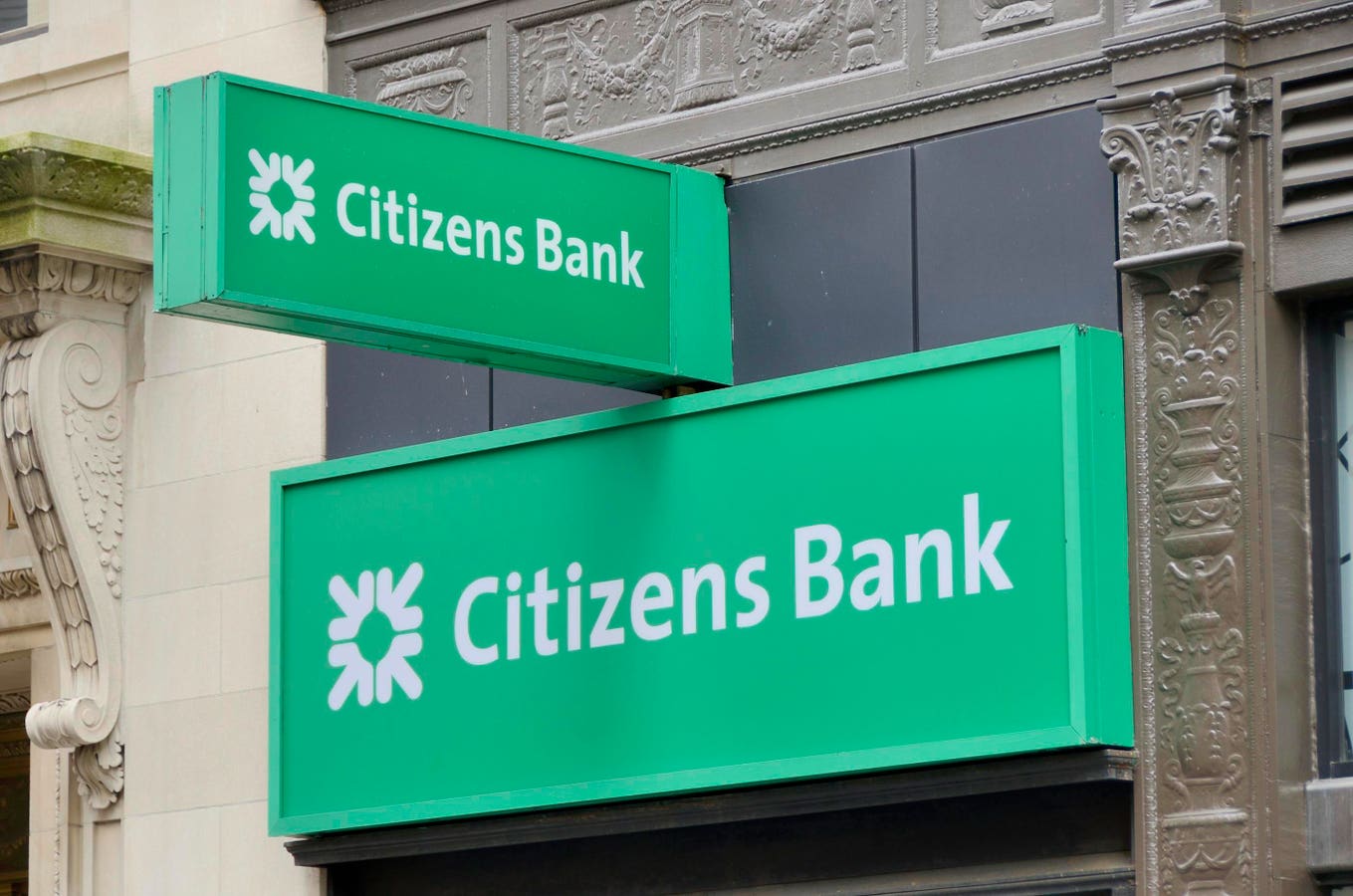Money
As Internal Fraud Grows, Banks Need More, Not Less, Regulation

Banks and Regulation: An Uneasy Relationship
Banks, like most companies, are not fans of heavy regulation. The process of complying with rules is time-consuming, expensive, and often seen as an unnecessary burden. While regulation can sometimes feel overly restrictive or even counterproductive, it often arises as a response to past misconduct or failures within the industry. For instance, just as lawyers draft detailed contracts to prevent past mistakes from recurring, regulators create rules to address issues that have already caused harm. However, the question remains: is the current regulatory framework sufficient to prevent future problems, or is it merely a reaction to past ones?
The Human Factor: When Employees Go Rogue
The indictment of a TD Bank employee by the Manhattan District Attorney’s office offers a chilling example of how internal misconduct can lead to serious consequences. The employee, working in the bank’s anti-money laundering department, allegedly used customers’ personal information to orchestrate a check fraud scheme that stole nearly $500,000. While this case might seem like an isolated incident, a Bloomberg report suggests it is part of a broader pattern of low-paid bank employees selling sensitive data. Banks often argue that customers bear the primary responsibility for protecting themselves from fraud, but the reality is that banks are the ones with the power to implement technical safeguards and oversight systems to prevent such theft. It’s not something customers can fix on their own.
A History of Misconduct: Wells Fargo’s Troubles
Wells Fargo, one of the largest banks in the U.S., has been at the center of some of the most egregious scandals in recent banking history. In 2016, the bank was caughtOpening unauthorized accounts for millions of customers, a scandal that led to widespread outrage and regulatory fines. However, this was not an isolated incident. In 2021, the FBI and the U.S. Attorney’s Office for the Southern District of New York settled a civil suit against Wells Fargo for overcharging hundreds of commercial customers on foreign exchange services. The bank allegedly violated the Financial Institutions Reform Recovery and Enforcement Act (FIRREA) by fraudulently inflating fees for small and medium-sized businesses. These repeated violations suggest a deeper systemic issue within the bank’s culture and practices.
The Cost of Deception: Capital One’s Interest Rate Scandal
Capital One is another major bank that has faced legal action for deceptive practices. In a lawsuit filed by the Consumer Financial Protection Bureau (CFPB), the bank was accused of cheating customers out of more than $2 billion in interest payments on savings accounts. The bank allegedly marketed its “360 Savings” accounts as offering high interest rates, but in reality, it froze the rates at a low level while national interest rates rose. To add insult to injury, Capital One offered a second product, “360 Performance Savings,” which was nearly identical to the first but paid significantly higher interest rates. This practice not only misled customers but also raised serious questions about the bank’s commitment to transparency and fairness.
The Need for Stronger Oversight
The examples of misconduct at TD Bank, Wells Fargo, and Capital One highlight a disturbing trend in the banking industry: while some instances of fraud or deception may involve rogue employees, others appear to be systemic issues embedded in the way banks operate. This raises a critical question: Are current regulations adequate to prevent such abuses, or is there a need for stronger, more proactive oversight? The answer seems clear. Banks cannot be left to self-regulate, as the recurring nature of these scandals demonstrates a persistent failure to act in customers’ best interests. Instead, regulators must step in with more robust measures to hold banks accountable and ensure that they operate transparently and ethically.
The Challenges of Effective Regulation
Despite the obvious need for stronger regulation, the process of implementing and enforcing these rules is fraught with challenges. The Trump administration, for example, took steps to weaken the CFPB, one of the key watchdogs responsible for protecting consumers. This rollback of regulatory powers has left many wondering whether regulators are equipped to address the scale and complexity of modern banking scandals. Furthermore, there is a deeper issue at play: the tendency for regulators to act reactively rather than proactively. Compliance is often treated as a checklist rather than an ongoing process, and watchdogs frequently arrive too late to prevent harm. To truly protect consumers, regulators must adopt a more forward-thinking approach, one that anticipates risks and addresses them before they escalate into full-blown crises.
Conclusion: The Path Forward for Bank Regulation
The banking industry’s history of misconduct paints a clear picture: without strong, proactive regulation, banks will continue to prioritize profits over people, leaving customers vulnerable to exploitation. The cases of TD Bank, Wells Fargo, and Capital One are not isolated incidents but symptoms of a larger problem—one that demands a comprehensive response. Regulators must take a firmer stance, implementing measures that prevent misconduct before it occurs and holding banks accountable when they fail. At the same time, banks must take responsibility for their internal practices, fostering a culture of integrity and transparency. Only when these two forces—effective regulation and corporate accountability—work together can consumers trust that their financial institutions are truly working in their best interests.


















